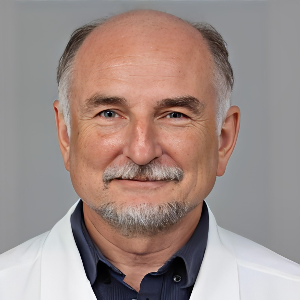The concentration of the solute in a saturated solution, a solution in which no more solute can be dissolved, is the standard measurement of the solubility of a material in a particular solvent. The Solubility Equilibrium is where the two chemicals are at this time. There may not be a limit for some solutes and solvents, in which case the two compounds are referred to be "miscible in any amounts" (or just "miscible"). While the solvent is often solid or liquid, the solute can be any of these three. Either one or the other might be a solution in and of itself. The main factors that affect solubility are temperature, pressure, the chemical makeup of the solute and solvent, including their pH and the presence of additional dissolved substances. The dependency may commonly be explained in terms of interactions between the two substances' atoms, molecules, or ions as well as in terms of Thermodynamic Concepts like enthalpy and entropy. In rare situations, the concentration of the solute may be higher than its ordinary solubility limit. The outcome is a supersaturated solution that, if a suitable nucleation site materialises, is metastable and will rapidly exclude the extra solute.

Vladlen Slepak
University of Miami Miller School of Medicine, United States
Yong Xiao Wang
Albany Medical College, United States
Consolato M Sergi
Universities of Alberta and Ottawa, Canada



Title : The impact of metal-decorated polymeric nanodots on proton relaxivity
Paulo Cesar De Morais, Catholic University of Brasilia, Brazil
Title : Hepatotoxic botanicals-shadows of pearls
Consolato M Sergi, Universities of Alberta and Ottawa, Canada
Title : Exploring classical ayurvedic drugs in hypertension
Prashant Bhokardankar, Datta Meghe Ayurved College, India
Title : Principles and standards for managing healthcare transformation towards personalized, preventive, predictive, participative precision medicine ecosystems
Bernd Blobel, University of Regensburg, Germany
Title : Personalized and Precision Medicine (PPM) as a unique healthcare model based on design-inspired biotech- & biopharma-driven applications to secure the human healthcare and biosafety
Sergey Suchkov, N.D. Zelinskii Institute for Organic Chemistry of the Russian Academy of Sciences & InMedStar, Russian Federation
Title : Antibody proteases as translational tools of the next step generation to be applied for biopharmacy related and precision medical practice
Sergey Suchkov, N.D. Zelinskii Institute for Organic Chemistry of the Russian Academy of Sciences & InMedStar, Russian Federation
Title : Easily injectable, organic solvent free self assembled hydrogel platform for endoscope mediated gastrointestinal polypectomy
Hitasha Vithalani , IIT Gandhinagar, India
Title : Cognitivevoice: Novel machine learning model leveraging acoustic features to predict future cognitive decline in Parkinson’s Disease
Aadya Daga, Hamilton High School, United States
Title : Platelet-activating factor-receptor pathway mediates solar radiation-induced extracellular vesicle release in human keratinocytes
Ravi P Sahu, Wright State University, United States